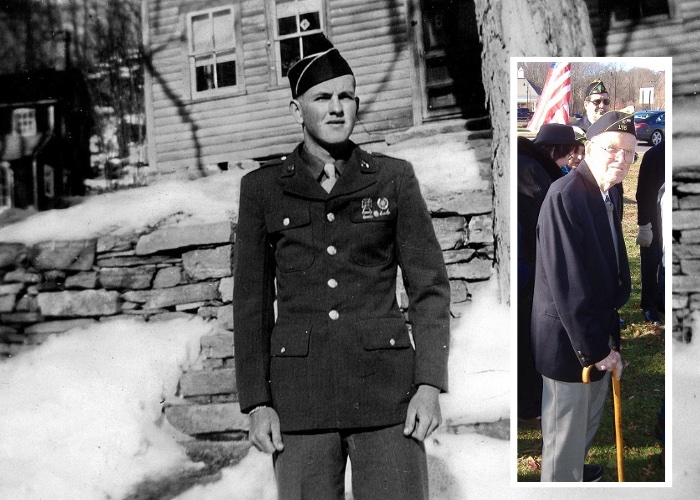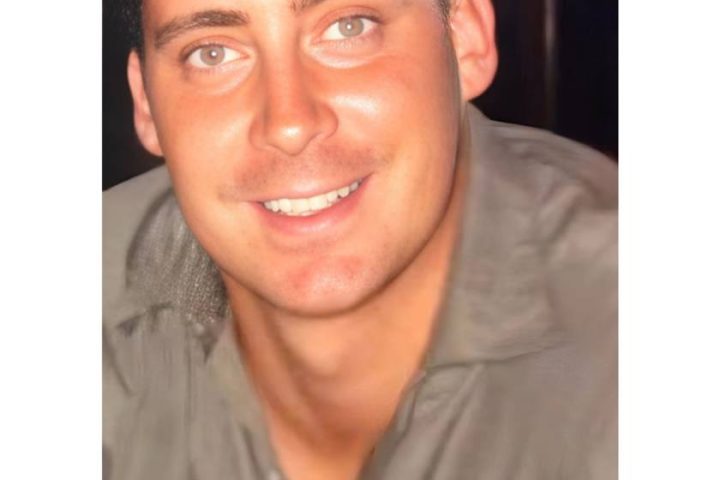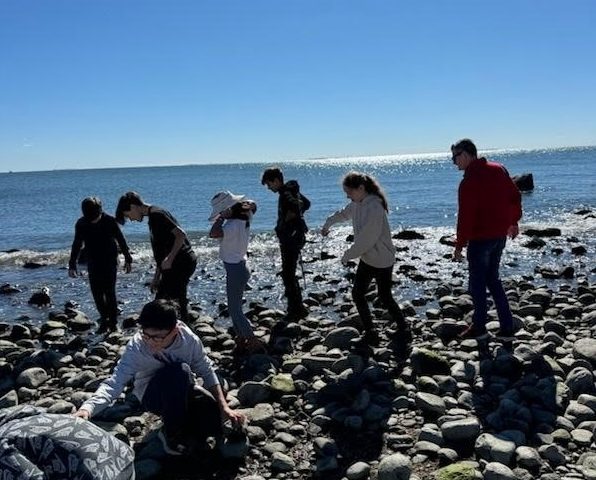Frederick N. Kaechele, one of the longest serving members of Sippin-Winspur American Legion Post 176 and a member of Stepney Baptist Church in Monroe, died earlier this week at age 98. The church held a memorial mass today (Tuesday), which was attended by fellow Legion members.
Kaechele had been living in Brookfield, but his home was always in Easton. He served with Post 176 for 75 continuous years. He and his wife, Gene L. Kaechele, had two children, six grandchildren, 12 great-grandchildren and two great-great-grandchildren, according to his obituary.
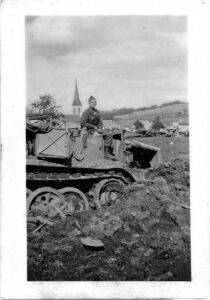
Jan Larsen, adjutant of American Legion Post 176, wrote a short military biography about Kaechele for the Legion’s newsletter on January 8, 2015. It is rerun here, with light edits below:
Kaechele was born and grew up on a farm in Easton when he was drafted by the U.S. Army during World War II in October of 1944. He was 19-years-old when he went to Camp Blanding, Fla., for basic training. After a brief visit home, he was sent to England in February of 1945 aboard the Cunard White Star Line’s RMS Queen Mary, along with 4,000 other soldiers.
On the way to England, their ship passed the RMS Queen Elizabeth going the other way. Both ocean liners had been converted to troop ships just after the start of WWII in Europe.
Soon after arriving in England, Kaechele was shipped to LeHavre, France and in early March, his 65th Infantry Division, 3rd Army, started operations at Oberesch, Germany, near the Saar River crossing.
They were still mopping up from the Battle of the Bulge and Kaechele was assigned to the grave registration detail and helped pick up and recover the bodies of dead G.I.’s.
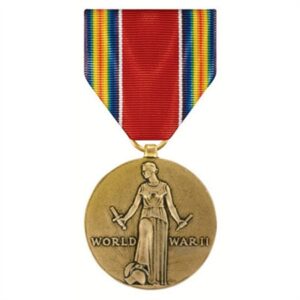
One day as his team, led by Capt. Oliver, was retrieving bodies, Capt. Oliver stepped on a concussion mine. The blast blew Oliver into the air and he landed on another mine, which cut him in half. Kaechele survived with only some bruises and the survivors were lucky it hadn’t been a fragmentation mine.
Kaechele remained with the 65th Division as it fought its way into Austria just before Victory in Europe Day on May 8, 1945.
When the 65th Infantry Division was disbanded in August of 1945, Kaechele was transferred to the 9th Infantry Division and was stationed at a supply depot located at a former school only a mile from the infamous Dachau Concentration Camp in Bavaria, Southern Germany.
After liberation, the camp was used by the Allies as an internment camp for former German SS officers awaiting trial. Dachau’s close proximity to Munich, where Hitler came to power and where the Nazi Party had its official headquarters, made Dachau a convenient location for the Germans.
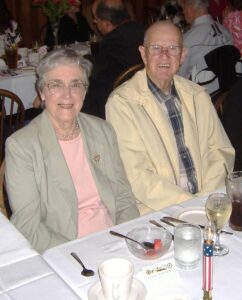
As a supply sergeant in charge of distributing rations to U.S. Army companies in the area, Kaechele used several inmates from the camp to help distribute supplies as part of the weekly ration detail. He acquired some Dachau photos that he has shared.
His unit had two “Deuce and a Halves” (cargo trucks) that they used to transport supplies. Kaechele also had his own jeep that he nicknamed “The Spade” and used it to make several sight-seeing trips around the area.
Kaechele remained in the European Theater for nearly a year-and-a-half after the war ended and returned to the U.S. in August of 1946. His tour of duty included seven European countries: England, France, Belgium, Germany, Austria, Switzerland and the northern tip of Italy.
He liked his jeep so much that after he got home to Easton, he purchased one and used it for 20 years, especially for plowing. He also got married and he and his wife, Gene, had recently celebrated their 65th wedding anniversary.
All respectful comments with the commenter’s first and last name are welcome.

